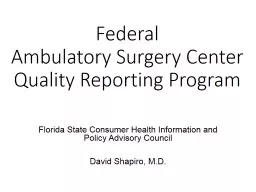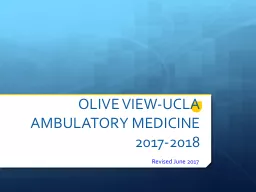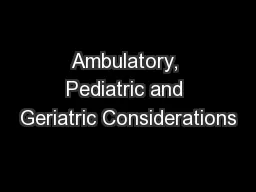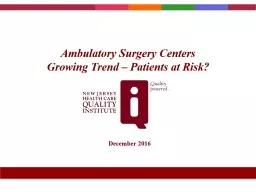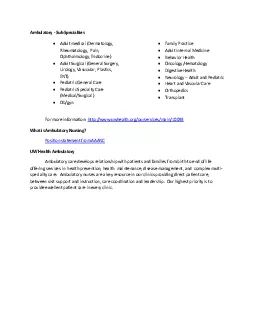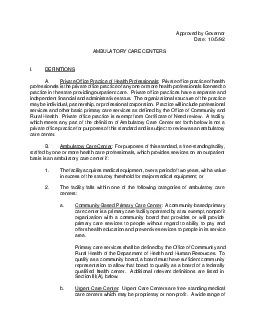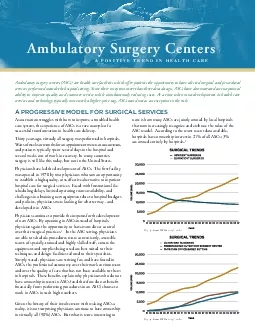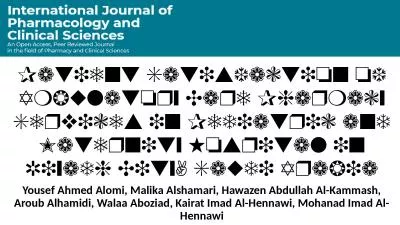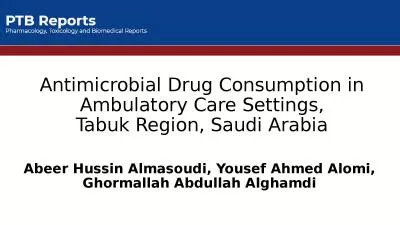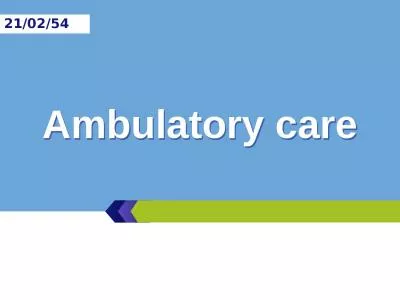PPT-Federal Ambulatory Surgery Center
Author : luanne-stotts | Published Date : 2018-12-11
Quality Reporting Program Florida State Consumer Health Information and Policy Advisory Council David Shapiro MD Federal Quality Reporting In November 2001 Health
Presentation Embed Code
Download Presentation
Download Presentation The PPT/PDF document "Federal Ambulatory Surgery Center" is the property of its rightful owner. Permission is granted to download and print the materials on this website for personal, non-commercial use only, and to display it on your personal computer provided you do not modify the materials and that you retain all copyright notices contained in the materials. By downloading content from our website, you accept the terms of this agreement.
Federal Ambulatory Surgery Center: Transcript
Download Rules Of Document
"Federal Ambulatory Surgery Center"The content belongs to its owner. You may download and print it for personal use, without modification, and keep all copyright notices. By downloading, you agree to these terms.
Related Documents

